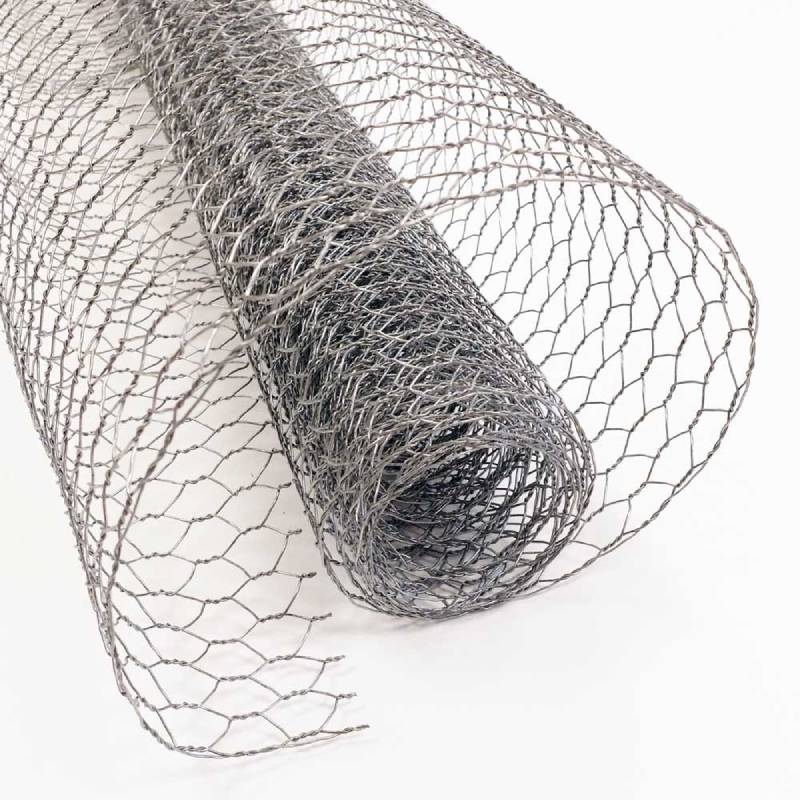Benefits and Applications of Fencing Mesh in Various Settings
Exploring the Versatility and Applications of Fencing Mesh
Fencing mesh, a widely utilized material in various sectors, serves as an essential component for security, boundary delineation, and aesthetic enhancement. This adaptable material is primarily made from wire, but it can come in various forms, such as galvanized steel, stainless steel, plastic, or composite materials, depending on its intended use. With its diverse applications and benefits, fencing mesh has become a popular choice for individuals and organizations alike.
One of the most common uses of fencing mesh is in agricultural settings. Farmers often deploy it to protect crops from wildlife intrusion while ensuring that livestock remain contained within specific areas. This type of fencing mesh is typically constructed using strong, durable materials to withstand the elements and potential animal pressure. In addition to securing farms, fencing mesh is crucial for establishing greenhouse structures, allowing proper light and ventilation while affording protection from pests.
In urban and suburban environments, fencing mesh draws attention for its role in residential properties. Homeowners frequently use it for decorative purposes or to create a functional barrier around pools, gardens, and backyards. Chain-link fencing mesh, for instance, provides visibility while maintaining security features, making it an ideal option for many families. With various coatings available, such as vinyl or powder-coated finishes, homeowners can select styles that enhance the aesthetic appeal of their properties while enjoying the practical benefits of fencing mesh.
fencing mesh

Another significant application of fencing mesh is in construction and industrial sectors. Safety is paramount on construction sites, and fencing mesh is often employed to create secure perimeters, preventing unauthorized access and ensuring the safety of workers and passersby. The durability of fencing mesh ensures it can withstand harsh weather conditions and heavy-duty environments, making it a favored choice for contractors and site managers. Additionally, it can be utilized for debris containment or to create temporary fencing for events, offering flexibility and ease of installation.
Environmental applications for fencing mesh are also notable. For instance, in wildlife conservation efforts, fencing mesh can be used to protect vulnerable habitats from human encroachment or to manage animal populations within reserves. In these cases, specialized fencing mesh designs may include wildlife-friendly features that allow animals to pass while still protecting sensitive areas.
In summary, fencing mesh is a versatile material that finds applications across agriculture, residential, construction, and environmental sectors. Its durability, security features, and aesthetic options make it an attractive choice for many. As our need for effective fencing solutions continues to grow, innovations in fencing mesh design and materials will likely expand its usage further, enhancing our capacity to secure and beautify our environments. Whether it’s keeping livestock safe, adding privacy to a backyard, or ensuring safety at a construction site, fencing mesh remains an invaluable resource in today's world.
-
Space-Saving Chain Fence Hacks Vertical Gardening with Cyclone MeshNewsJul.16,2025
-
Innovations in Iron Nail Wire Production for Modern ConstructionNewsJul.16,2025
-
Creative Uses of Wire Netting Fence in Modern Landscape DesignNewsJul.16,2025
-
Barbed Wire Fence Innovations in Anti-Climb TechnologyNewsJul.16,2025
-
Architectural Uses of Umbrella Nails for Aesthetic Roof DesignsNewsJul.16,2025
-
Architectural Uses of Razor Barbed Wire in Secure Urban DesignNewsJul.16,2025




